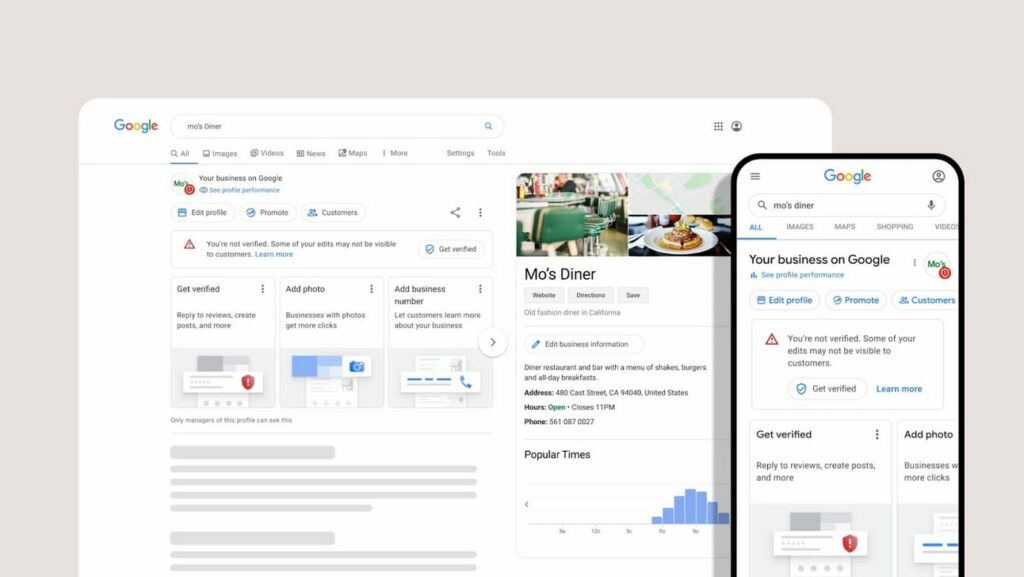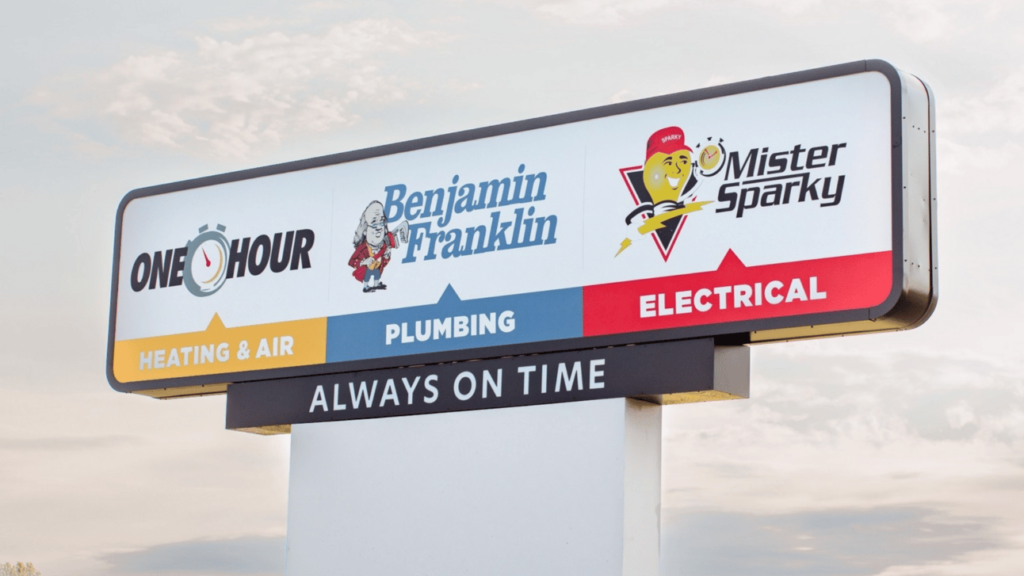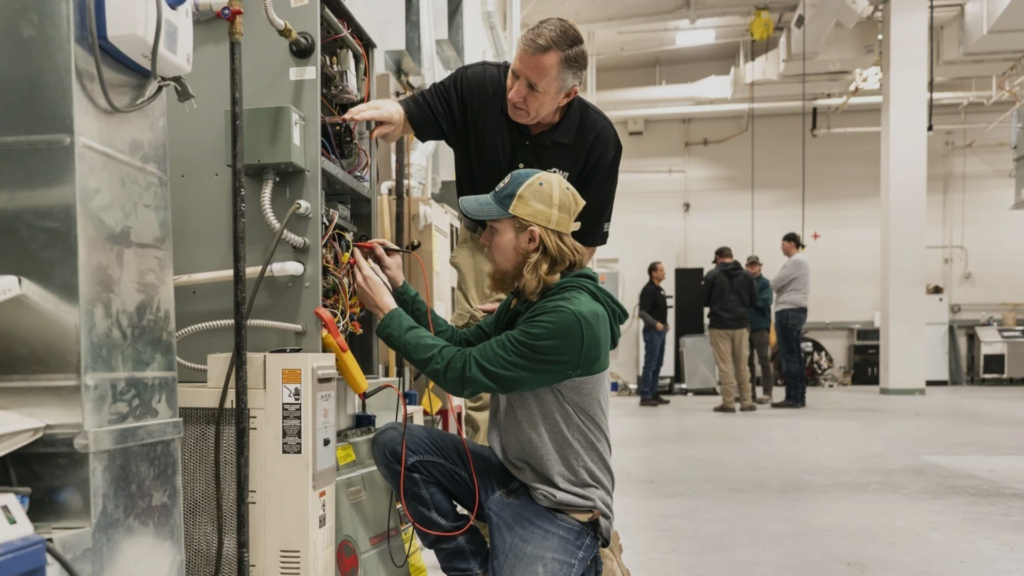How rising temperatures impact the HVAC industry

Image: United Nations
HARDI last month published an article addressing the question, “What impact will rising temperatures have on the HVAC industry?”
The big picture: Since 1901, average temperatures in the US have steadily risen, but the annual rate of increases has accelerated over the last 50 years — doubling compared to the prior 50.
-
Northeastern and Western states have experienced the greatest increases so far, but northern regions are projected to see the biggest rise over the next 50 years.
Details: Global cooling demand is expected to triple by 2050, according to the International Energy Agency (IEA), resulting in units needing to “run longer and at a higher level,” HARDI’s Tyler Drown writes.
-
“This increased load will incur more wear and tear on a system leading to an accelerated replacement cycle as well as driving up building-owners’ and homeowners’ costs,” he adds.
-
Rising temperatures also correlate with increases in “cooling degree days,” which measure how much hotter a given day is than 65 degrees, typically driving short-term sales spikes.
Of note: ServiceTitan found that the first heat wave of a season can increase contractors’ daily calls by 20% and daily revenue by 55%.
-
Have you had any weather-related revenue spikes this year? Let us know.
Looking ahead: “As a result of increasing temperatures… many parts of the US can expect cooling seasons to grow longer and longer while heating seasons potentially suffer,” says Drown.
 Get our stories in your inbox
Get our stories in your inbox
Keep reading
Google now displays social media posts on Business Profiles
March 25, 2024
ServiceTitan inks partnership with Authority Brands
The company will become the go-to software provider for all One Hour, Benjamin Franklin, and Mister Sparky franchises
HVAC groups monitor workforce development changes
Two workforce development initiatives that impact how the industry recruits and develops talent could face changes under the new Congress



 Popular Stories
Popular Stories